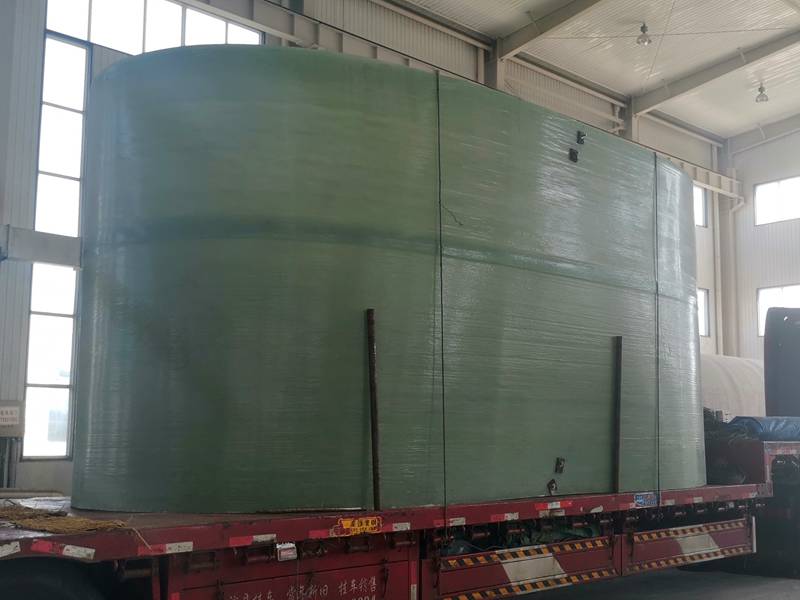
-
 Afrikaans
Afrikaans -
 Albanian
Albanian -
 Amharic
Amharic -
 Arabic
Arabic -
 Armenian
Armenian -
 Azerbaijani
Azerbaijani -
 Basque
Basque -
 Belarusian
Belarusian -
 Bengali
Bengali -
 Bosnian
Bosnian -
 Bulgarian
Bulgarian -
 Catalan
Catalan -
 Cebuano
Cebuano -
 China
China -
 China (Taiwan)
China (Taiwan) -
 Corsican
Corsican -
 Croatian
Croatian -
 Czech
Czech -
 Danish
Danish -
 Dutch
Dutch -
 English
English -
 Esperanto
Esperanto -
 Estonian
Estonian -
 Finnish
Finnish -
 French
French -
 Frisian
Frisian -
 Galician
Galician -
 Georgian
Georgian -
 German
German -
 Greek
Greek -
 Gujarati
Gujarati -
 Haitian Creole
Haitian Creole -
 hausa
hausa -
 hawaiian
hawaiian -
 Hebrew
Hebrew -
 Hindi
Hindi -
 Miao
Miao -
 Hungarian
Hungarian -
 Icelandic
Icelandic -
 igbo
igbo -
 Indonesian
Indonesian -
 irish
irish -
 Italian
Italian -
 Japanese
Japanese -
 Javanese
Javanese -
 Kannada
Kannada -
 kazakh
kazakh -
 Khmer
Khmer -
 Rwandese
Rwandese -
 Korean
Korean -
 Kurdish
Kurdish -
 Kyrgyz
Kyrgyz -
 Lao
Lao -
 Latin
Latin -
 Latvian
Latvian -
 Lithuanian
Lithuanian -
 Luxembourgish
Luxembourgish -
 Macedonian
Macedonian -
 Malgashi
Malgashi -
 Malay
Malay -
 Malayalam
Malayalam -
 Maltese
Maltese -
 Maori
Maori -
 Marathi
Marathi -
 Mongolian
Mongolian -
 Myanmar
Myanmar -
 Nepali
Nepali -
 Norwegian
Norwegian -
 Norwegian
Norwegian -
 Occitan
Occitan -
 Pashto
Pashto -
 Persian
Persian -
 Polish
Polish -
 Portuguese
Portuguese -
 Punjabi
Punjabi -
 Romanian
Romanian -
 Russian
Russian -
 Samoan
Samoan -
 Scottish Gaelic
Scottish Gaelic -
 Serbian
Serbian -
 Sesotho
Sesotho -
 Shona
Shona -
 Sindhi
Sindhi -
 Sinhala
Sinhala -
 Slovak
Slovak -
 Slovenian
Slovenian -
 Somali
Somali -
 Spanish
Spanish -
 Sundanese
Sundanese -
 Swahili
Swahili -
 Swedish
Swedish -
 Tagalog
Tagalog -
 Tajik
Tajik -
 Tamil
Tamil -
 Tatar
Tatar -
 Telugu
Telugu -
 Thai
Thai -
 Turkish
Turkish -
 Turkmen
Turkmen -
 Ukrainian
Ukrainian -
 Urdu
Urdu -
 Uighur
Uighur -
 Uzbek
Uzbek -
 Vietnamese
Vietnamese -
 Welsh
Welsh -
 Bantu
Bantu -
 Yiddish
Yiddish -
 Yoruba
Yoruba -
 Zulu
Zulu
Exploring Group Dynamics and Strategies in Tank Operations and Management
Exploring the GRP Tank Applications, Benefits, and Innovations
In recent years, the use of Glass Reinforced Plastic (GRP) tanks has gained significant traction across various industries, owing to their exceptional strength, versatility, and cost-effectiveness. This article delves into the features, applications, benefits, and recent innovations associated with GRP tanks, shedding light on why they are becoming a preferred choice for many industrial applications.
Understanding GRP Tanks
Glass Reinforced Plastic, commonly known as fiberglass, is a composite material made of a polymer matrix reinforced with glass fibers. GRP tanks are constructed using this material, resulting in a lightweight, durable structure that is resistant to corrosion, UV light, and chemicals. These attributes make GRP tanks suitable for various applications, from storing water to chemicals and sewage.
Key Applications
GRP tanks are prevalent in diverse sectors, including
1. Water Storage In regions where freshwater scarcity is a concern, GRP tanks are extensively used for water storage. Their ability to resist algae growth and scale formation ensures the quality of stored water remains intact.
2. Wastewater Treatment These tanks play a crucial role in wastewater treatment processes, especially in rural and urban areas. Their corrosion resistance ensures longevity, while their lightweight nature simplifies transport and installation.
3. Chemical Storage Industries that require safe storage of various chemicals benefit from GRP tanks. They can be engineered to withstand various corrosive substances, making them a safer option than traditional storage methods.
4. Agriculture In agriculture, GRP tanks are often used for storing fertilizers and pesticides, ensuring that these materials are kept in optimal conditions without the risk of contamination.
5. Firewater Storage Many industries utilize GRP tanks for firewater storage due to their robust and reliable nature, which is crucial for industrial safety.
grp tank

Benefits of GRP Tanks
1. Durability and Longevity One of the most significant advantages of GRP tanks is their durability. Unlike metal tanks, GRP does not corrode, rust, or degrade easily. This longevity translates to lower maintenance costs over the lifespan of the tank.
2. Lightweight GRP tanks are significantly lighter than their concrete or metal counterparts, facilitating easier transportation and installation, particularly in remote locations.
3. Cost-Effectiveness While the initial cost might be comparable to other materials, the long-term savings due to their lower maintenance and replacement needs make GRP tanks a cost-effective solution.
4. Customizability GRP tanks can be manufactured in various sizes and shapes, tailored to meet specific customer requirements. This flexibility is particularly beneficial for businesses with unique storage needs.
5. Environmental Impact GRP tanks have a lower environmental impact compared to traditional materials, as they are energy-efficient to produce and can be recycled at the end of their life cycle.
Innovations in GRP Tank Technology
The GRP tank industry continues to innovate, with advancements enhancing performance and sustainability. For instance, the incorporation of smart monitoring systems enables real-time tracking of the tank’s conditions, including temperature and pressure levels, improving safety and efficiency. Additionally, advancements in manufacturing techniques have led to even stronger composites that can withstand extreme conditions.
Furthermore, companies are increasingly focusing on eco-friendly resins and manufacturing processes, committing to sustainable production methods that align with the global shift towards environmental responsibility.
Conclusion
In summary, GRP tanks represent a robust and versatile solution for various storage needs across multiple industries. Their durability, lightweight nature, cost-effectiveness, and adaptability position them as a reliable choice in today’s market. As innovation continues to drive improvements in performance and sustainability, the future looks bright for glass-reinforced plastic tanks. Organizations seeking effective storage solutions would do well to consider the manifold benefits of GRP tanks as they navigate the complexities of modern industrial demands.









